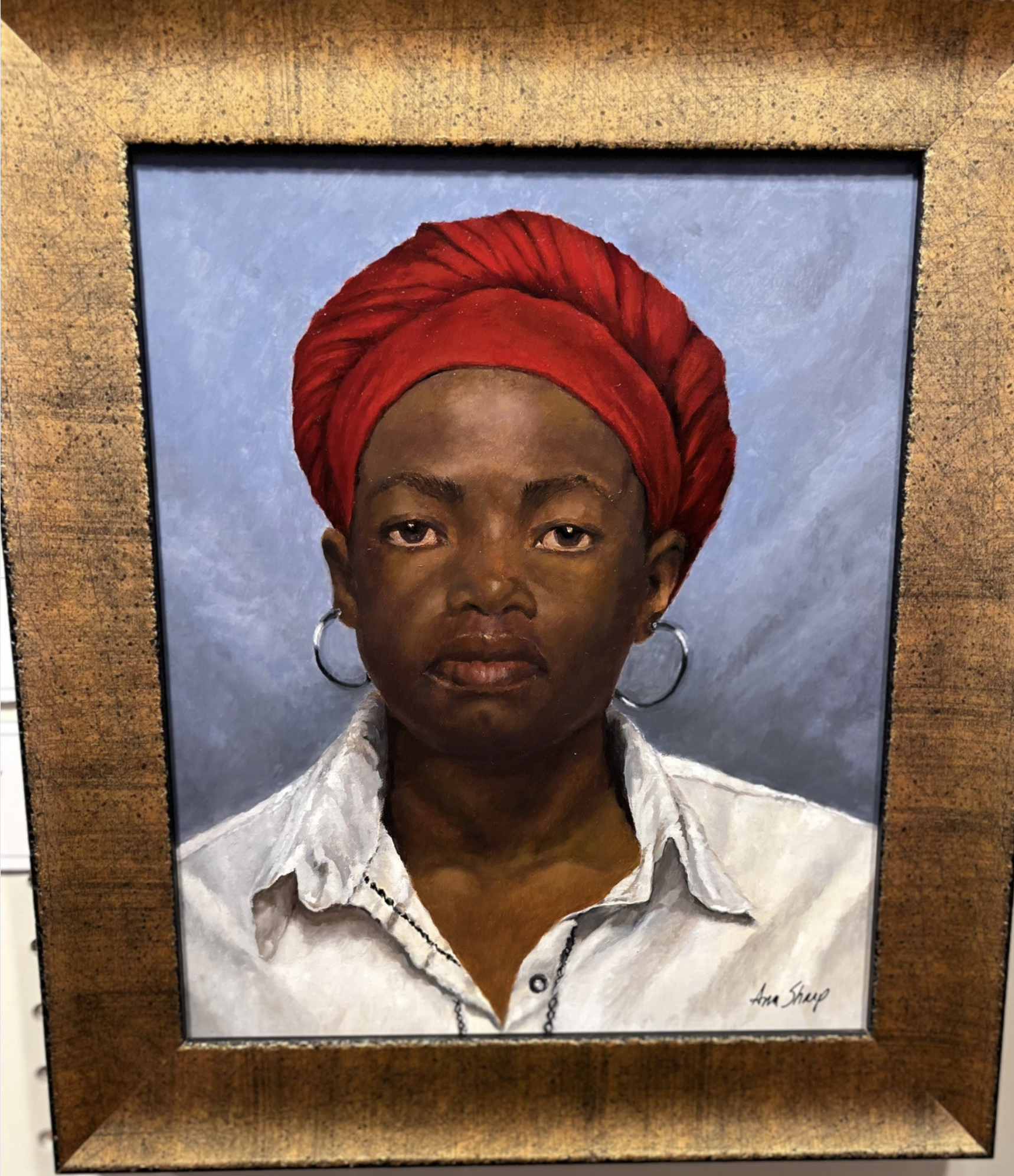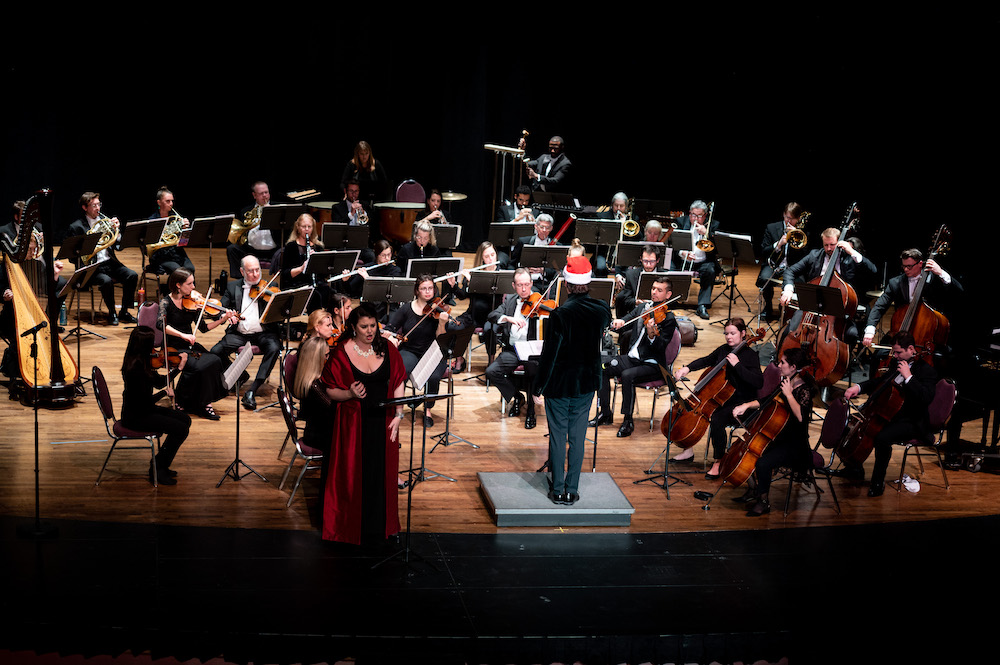
Richard Estes’ “Reflection” from a car windshield, 2006
“Urban Landscapes,” the subtitle of the new photorealism exhibit at Easton’s Academy Art Museum, has been the subject of Richard Estes’ lifelong career as a fine art painter.’
Quite apart from photorealism is the reality of a very different sort in the archival collection of pieces, including Faith Ringgold’s stunningly joyful quilt panorama she calls “Dancing on the George Washington Bridge II,” evidently her second take on the subject – brightly dressed African-American women in dance still-life posed against the GW bridgescape separating New Jersey from the Bronx. More fabric art follows with Darlene Taylor’s “Mother: Archive Files” Numbers 1-8 – silhouette facial profiles of women sewn onto lacy “canvases.” But before you leave the cozy Spiralis Gallery just down the hall from the museum’s main entrance, pause long enough and step back a bit to take in the implied forward motion of what celebrated African-American painter Jacob Lawrence self-referenced as “dynamic cubism.” The stark angular imagery of his 1997 “Forward Together” screenprint more than suggests liberation under the fearless leadership of Harriet Tubman, her hands splayed as paired deliverance flags to her fugitive refugees.
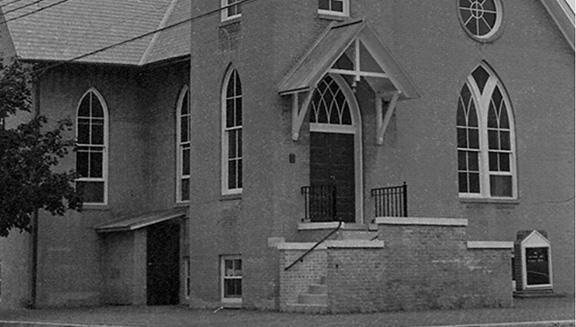


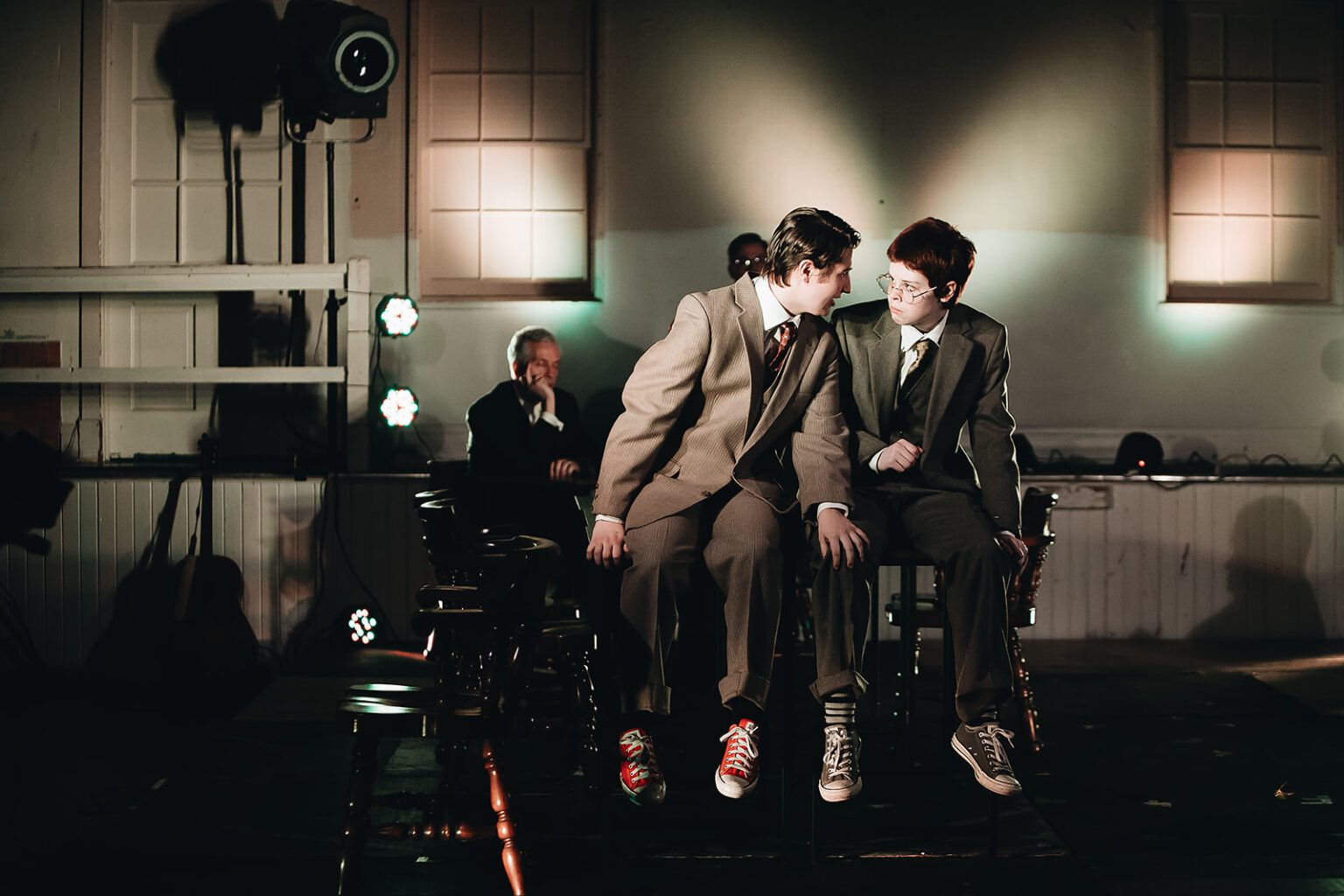

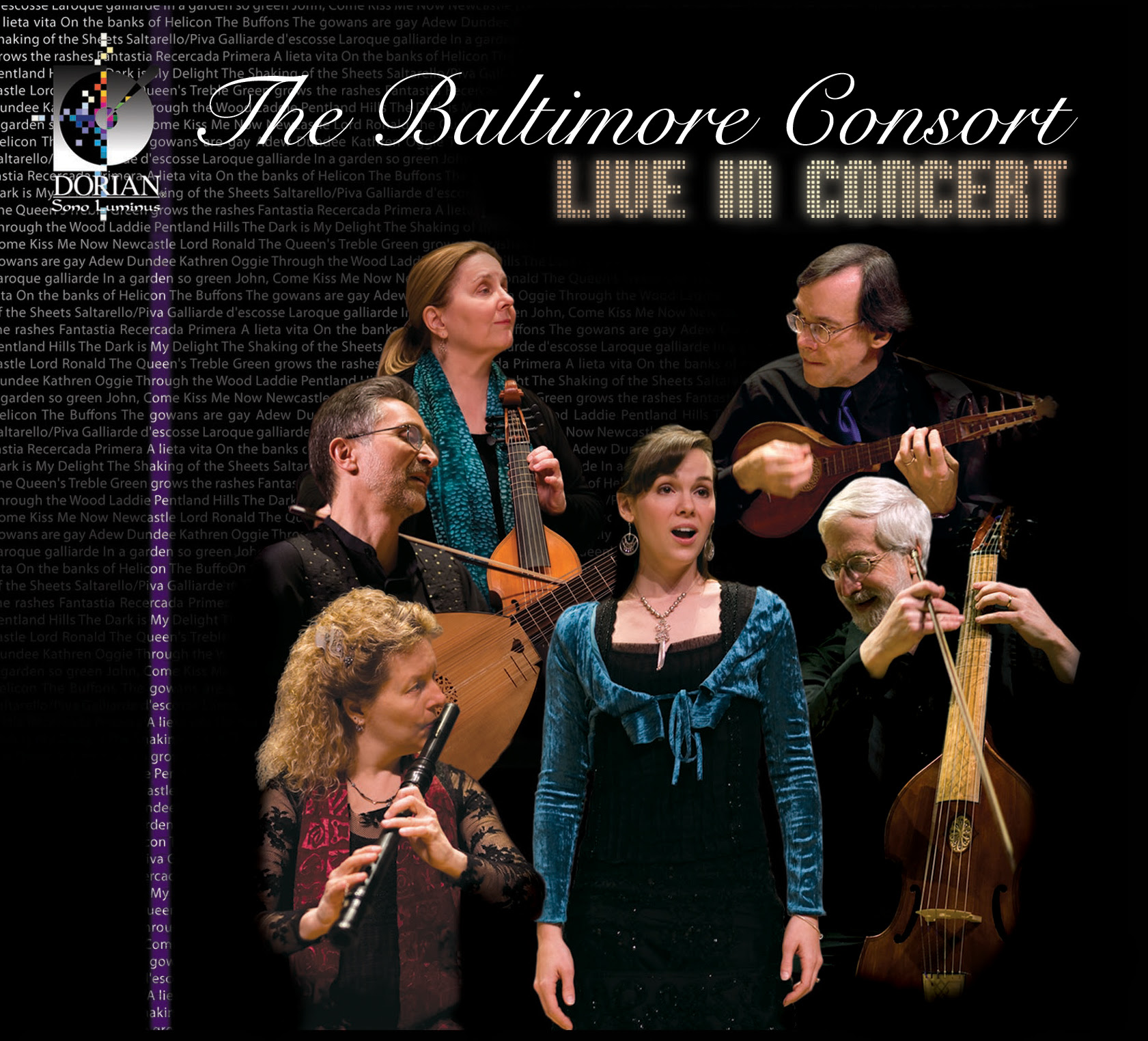

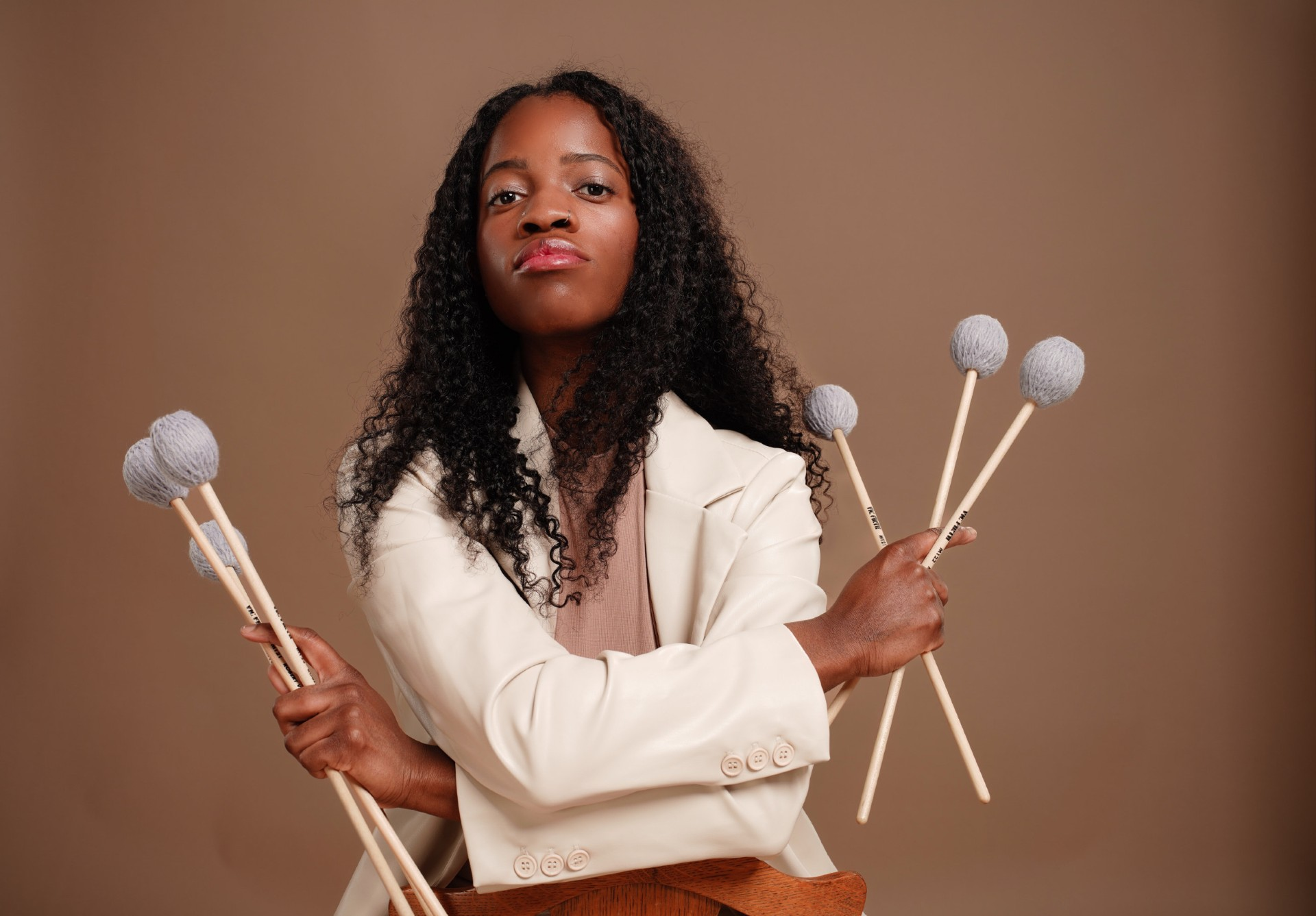
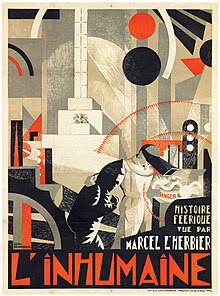 And just when you thought drive-ins were a thing of the past – particularly in the dead of winter – Easton’s Academy Art Museum launches a monthly Drive-In Film Series in conjunction with its current “Bugatti: Reaching for Perfection” exhibition running through April 13.
And just when you thought drive-ins were a thing of the past – particularly in the dead of winter – Easton’s Academy Art Museum launches a monthly Drive-In Film Series in conjunction with its current “Bugatti: Reaching for Perfection” exhibition running through April 13.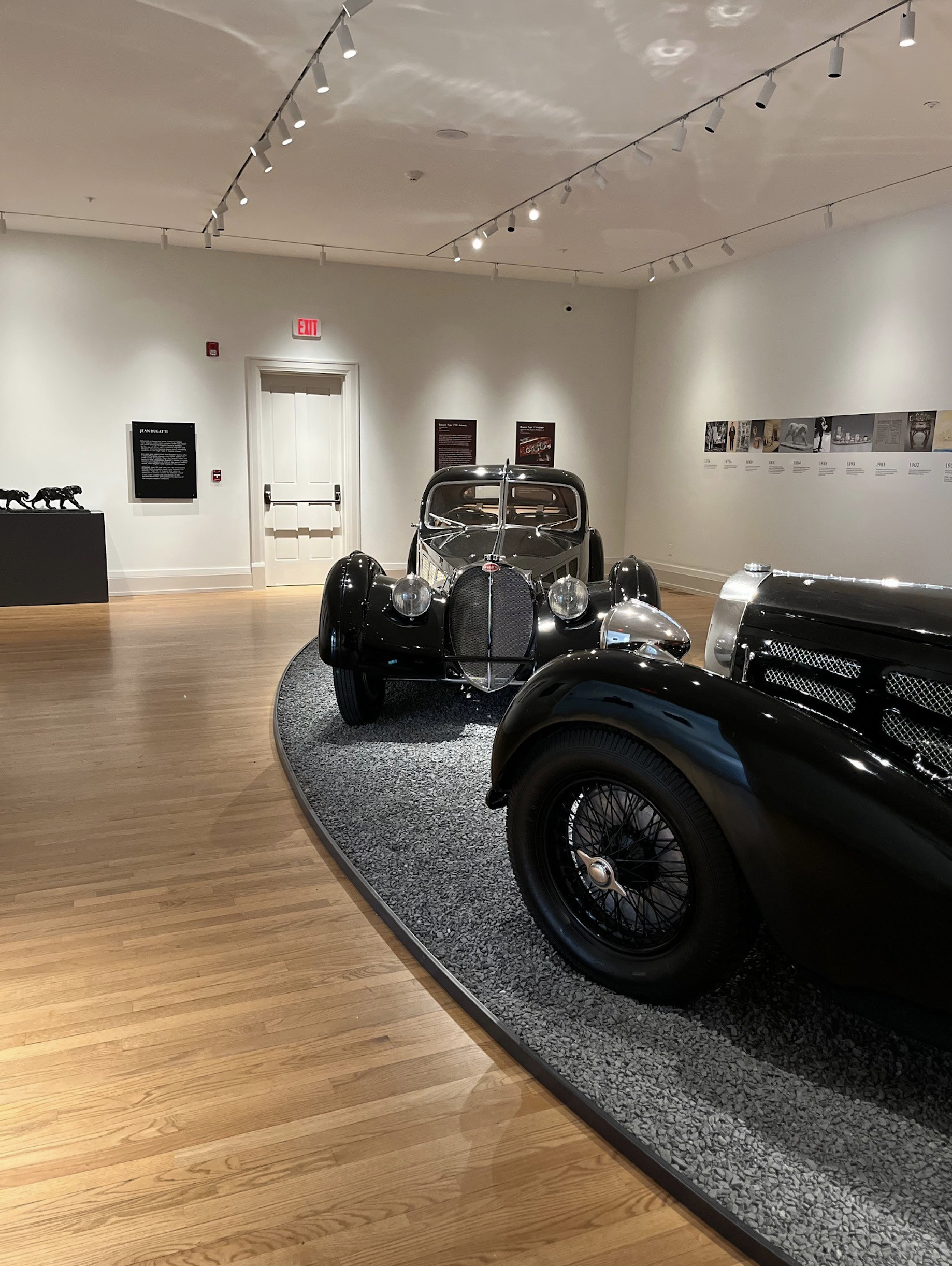 Now and for the next few months, Easton’s Academy Art Museum’s main galleries are transformed into automobile showrooms – except these vehicles are historically artistic expressions of engineering on wheels that you could never afford even if any of the few such cars left in existence were for sale.
Now and for the next few months, Easton’s Academy Art Museum’s main galleries are transformed into automobile showrooms – except these vehicles are historically artistic expressions of engineering on wheels that you could never afford even if any of the few such cars left in existence were for sale.